It is evident that a Desktop environment is the soul of any Linux distribution and the popularity of GNOME and KDE proves it without any doubt. If you are new to Linux and looking for a proper desktop environment then you will find hundreds of websites fighting a war over it. The first thought that will pop into your mind is ”Which one is good for me? and is Xmonad a Desktop Environment?
Xmonad- A Tiling Window Manager
Obviously, you can go with the Desktop Environment that suits your style or you can switch to something different which will give you a completely fresh feel and look. We are talking about an entity called ’tiling window manager’ and as the name suggests it arranges the windows in some specific layout. Wait!, if the desktop environment contains its own window manager, why to use a new one? The answer is Simplicity. Most of the DEs come with a lot of other junk and bugs that are not desirable for a smooth experience whereas an independent window manager is completely bug-free without extra whistles and bells.
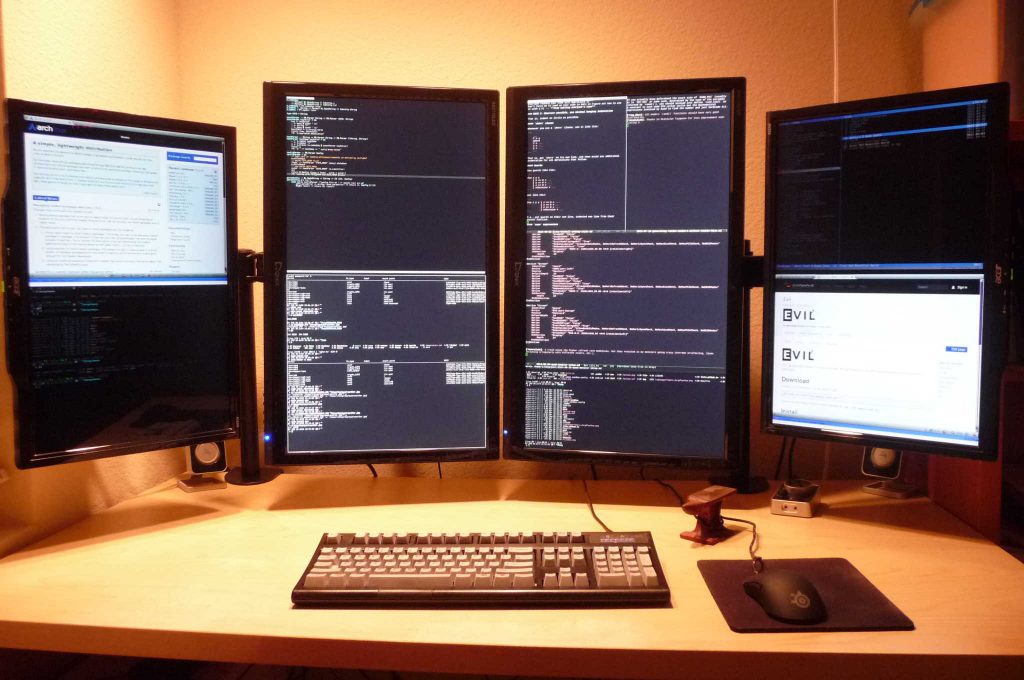
We used most of the window managers that are available for Linux and Xmoand is the champion among them. To prove the worth of Xmonad, we installed it on a Rasbian OS (to know more about Rasbian and Raspberry Pi Click Here). We have also tested its performance for a restricted resource environment to analyze it properly. Other than Rasbian you can install Xmonad officially on following Linux Distributions
– OpenBSD
– NetBSD
– FreeBSD
– Gentoo
– Debian (etch)
– Ubuntu
– Arch
– Fedora
– Gobo
– NixOS
– Source Mage
– Slackware
We will get to this good stuff eventually but we need to crawl before we walk. So as a startup exercise, we will list out all the reasons for you to opt Xmonad and let you decide if you want to try it. So, let’s get started
1. Simplicity
We can set our machine to boot up directly into Xmonad and that’s pretty much it, no more setup is required. After the boot up we can launch the programs that we want using the keyboard only, yes, you read it right! you don’t need a mouse to handle things with Xmonad.
A keyboard shortcut is available to do almost anything and in fact, the Xmonad provides official cheat-sheet of all the shortcuts available here.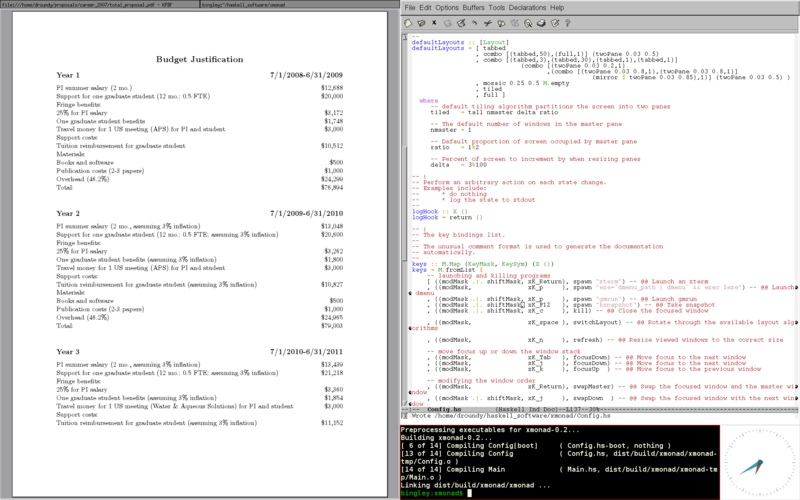
2. Exceptionally Fast
There are a lot of tools that are running in the background of a normal Desktop Environment which slow things down. In Xmonad, absolutely nothing is running except the bare Linux. This allows all other programs to utilize all the resources of the machine which in turns will increase the overall performance. Few sessions are enough to feel the difference in Xmonad and once you start using these speedy ways you won’t go back.
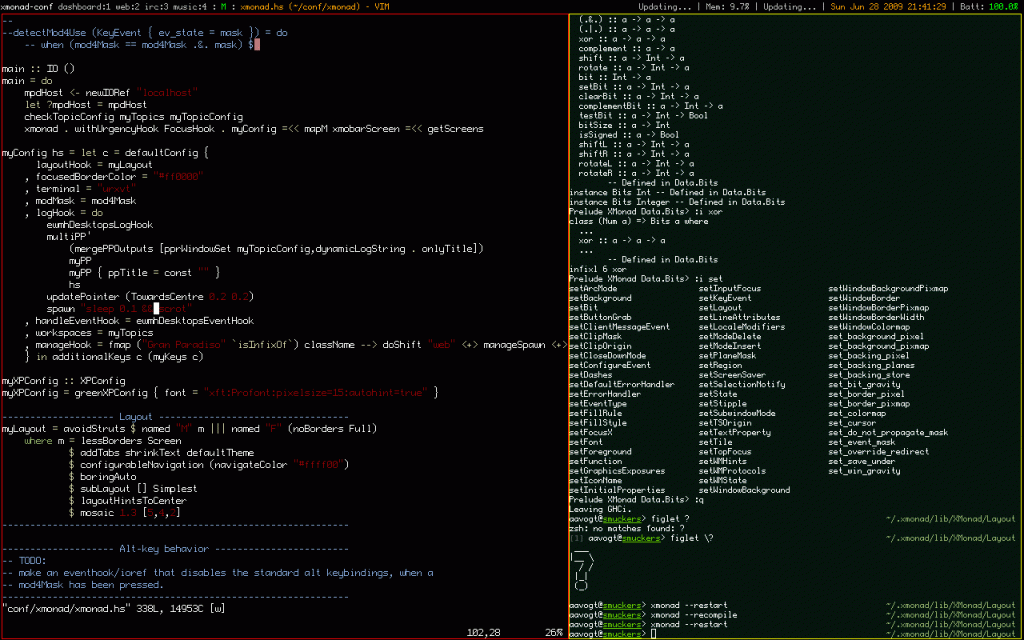
3. Screen Real Estate
There is probably a good chance that you hate most of the toolbars and stuff that is floating in your Desktop, Sometimes we just want to enjoy complete full-screen edge to edge experience with our browsers but it’s just not possible with these bars and stuff.
No such issues with Xmonad as it will allow the user to have a full-screen mode without compromising any screen real estate utilizing every inch of your monitor. You can have any types of bars and widgets that you want though if you like it but we found it better without any toolbars.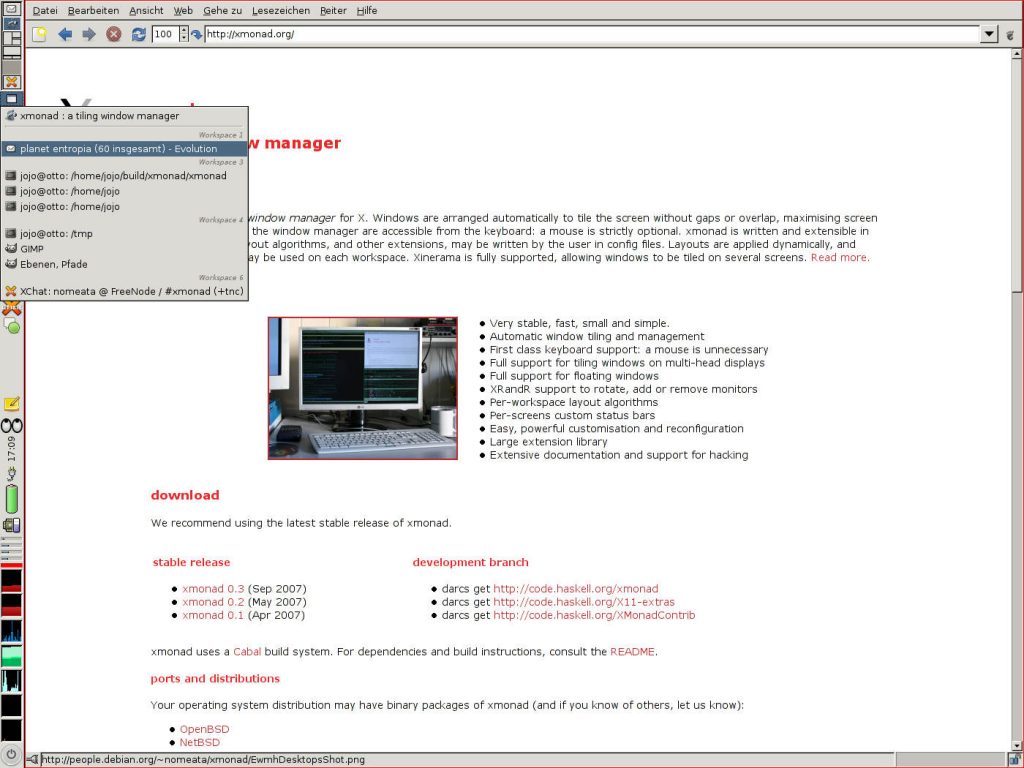
4. Multi-monitor Workspaces
Multiple workspaces is a life-saving feature for programmers and yes, it is available in Xmonad with a capability of 9 virtual workspaces. The good thing about them is they can be used as a portal for a different monitor which enables multi-monitor support. awesome! isn’t it? You can hook up 3 to 4 monitors if you need them for your work and have some more productivity.
 5. Stability
5. Stability
We know that everything on the internet claims to be stable, but fails to fulfill this promise. Not in tXmonad is rock stable because it is based on Haskell which guarantees a crash-free experience. We are using Xmonad for 3 months now and it never crashed within this period of time. No more crashes. No errors.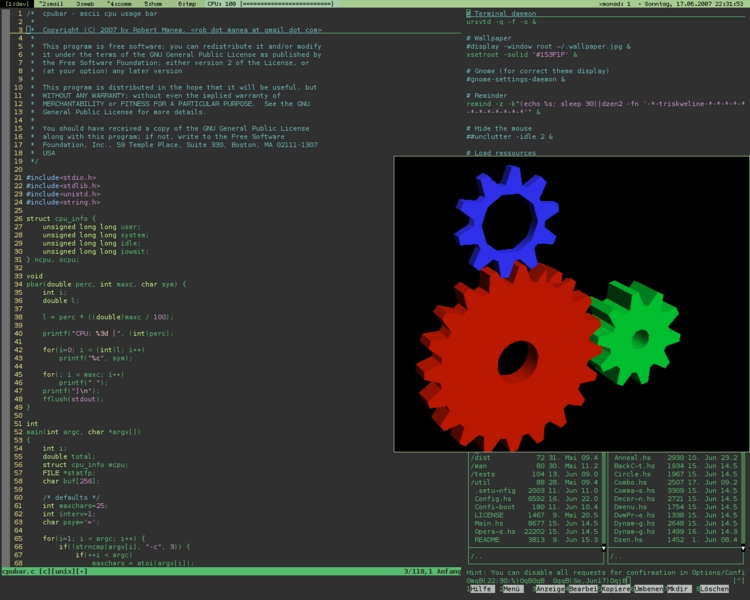
6. Flexibility
We need to configure the Xmonad using Haskell. It provides complete control over which UI elements are required on the screen. Even the micro-elements of UI can be tweaked using a simple configuration script and some basic programming. There are tons of modules and extensions available to decorate the desktop as per the users wish, Sweet. On the other hand, the user can also create his own UI tool and use it freely.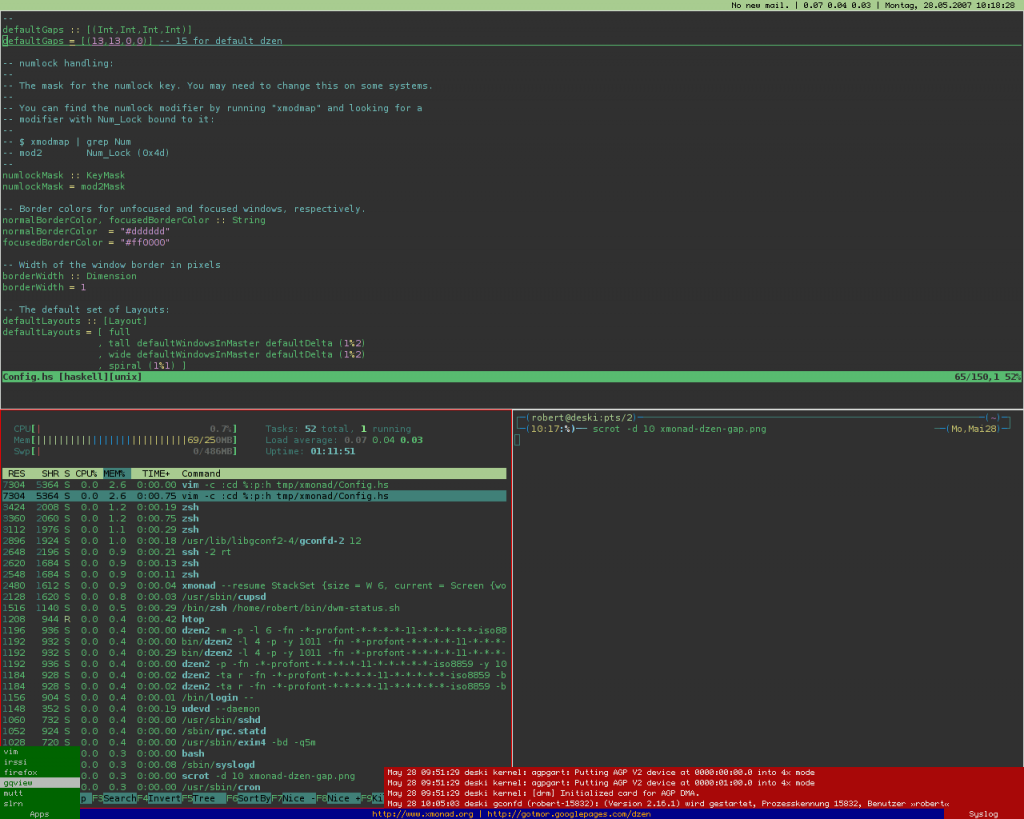
Wrapping Up
It’s a great opportunity to experience a fresh look and feel in terms of Xmonad. We hope that all the features mentioned are convincing enough for a user to change their Desktop Environment. We would love to know your opinion about it so leave your thoughts in the comment section below.
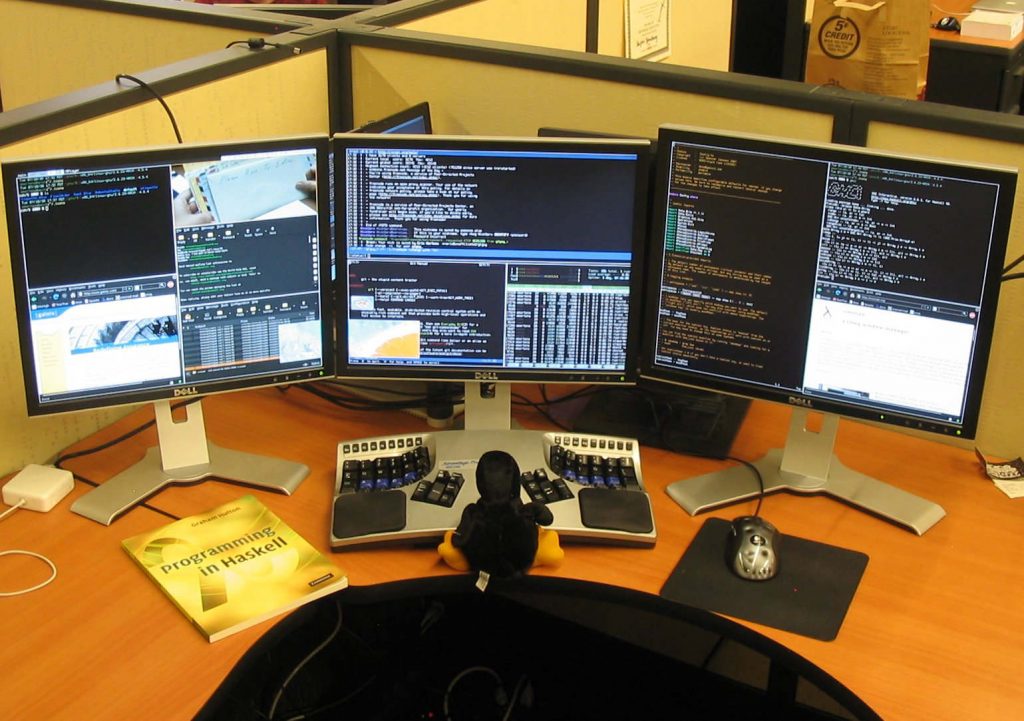 5. Stability
5. Stability